Paratransit and the Coming Age Wave
Christian T. Kent, the Assistant General Manager for Access Services, offers his thoughts on accessibility and Metro’s future.
 Mr. Kent provides oversight for the accessibility of Metrobus and Metrorail and is directly responsible for the operation of MetroAccess paratransit service. Metro operates the largest fully accessible transit system and the fifth largest paratransit system in North America.
Mr. Kent provides oversight for the accessibility of Metrobus and Metrorail and is directly responsible for the operation of MetroAccess paratransit service. Metro operates the largest fully accessible transit system and the fifth largest paratransit system in North America.
Accessibility is very important at Metro. Because Metro is accessible, hundreds of thousands of people with disabilities in our region can depend on Metro to get where they are going. Our low-floor talking buses and rail stations with elevators mean that someone who is blind or uses a wheelchair can use Metrobus or Metrorail. Metro can be the family car for someone who can’t drive. And for those who can’t use bus or rail, there is our paratransit service, MetroAccess. Our 675 lift-equipped MetroAccess vans deliver over 2 million rides every year to 40,000 customers. So Metro really is very important to people with disabilities, and Metro will be even more important to them in the future. Why is that?
America is getting older. More and more people are turning 65 each year, and seniors have a much higher rate of disability and drive less often than younger people. The average MetroAccess rider is 62 years old. In the District, the average age is 67. This “age wave” means more Metro customers with disabilities in the coming years. We need to make sure that the accessibility features in our bus and rail service work consistently well so that customers with disabilities choose and use bus and rail. Providing the most accessible bus and rail service means less reliance on MetroAccess. This is important to Metro because a trip on paratransit is much more expensive than one on bus or rail, and it is important to customers who want to take advantage of the most independent means of travel available. Read more…


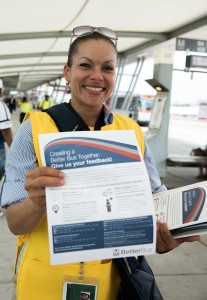
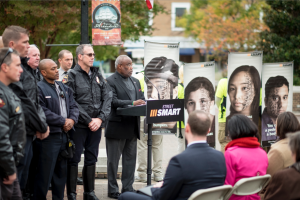
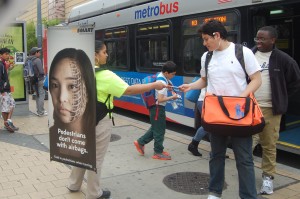
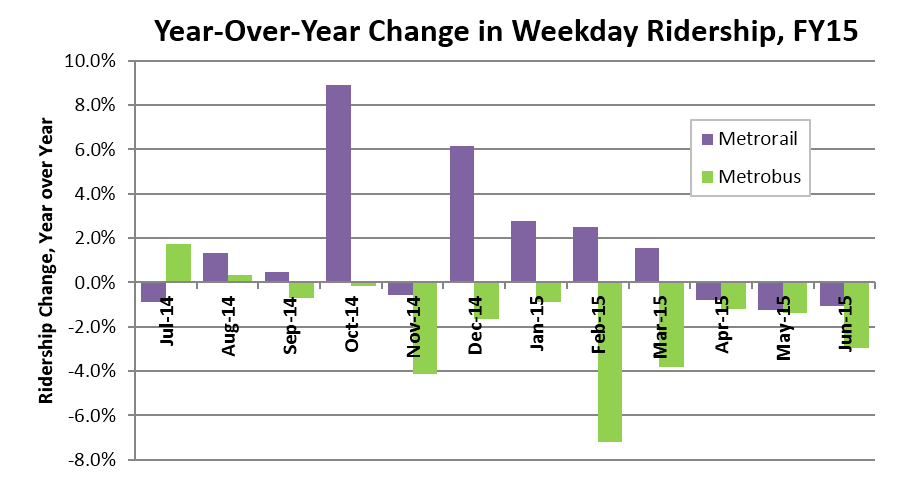



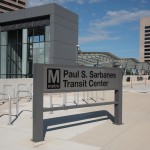
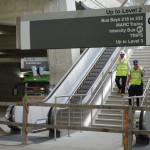
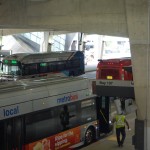
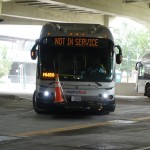
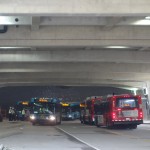
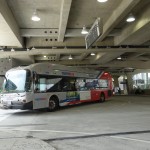
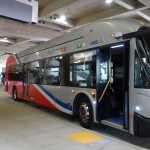
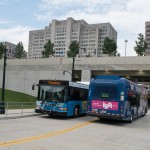
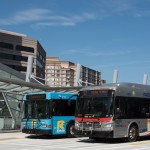
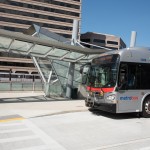
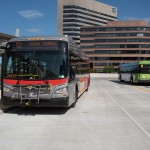
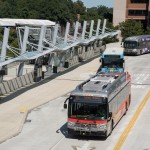
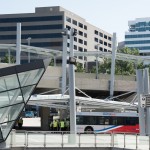

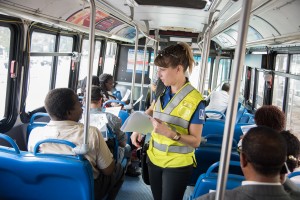
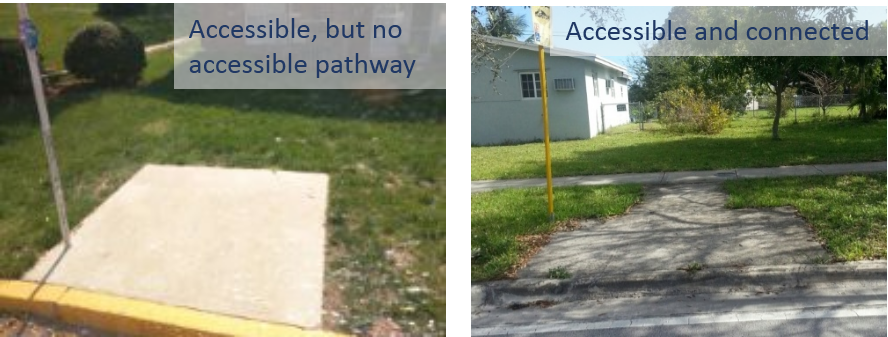
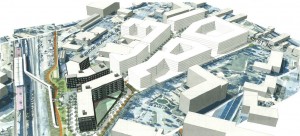
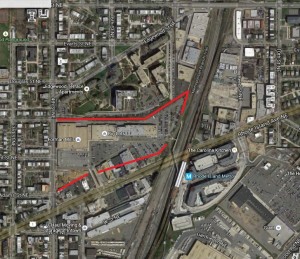

Recent Comments